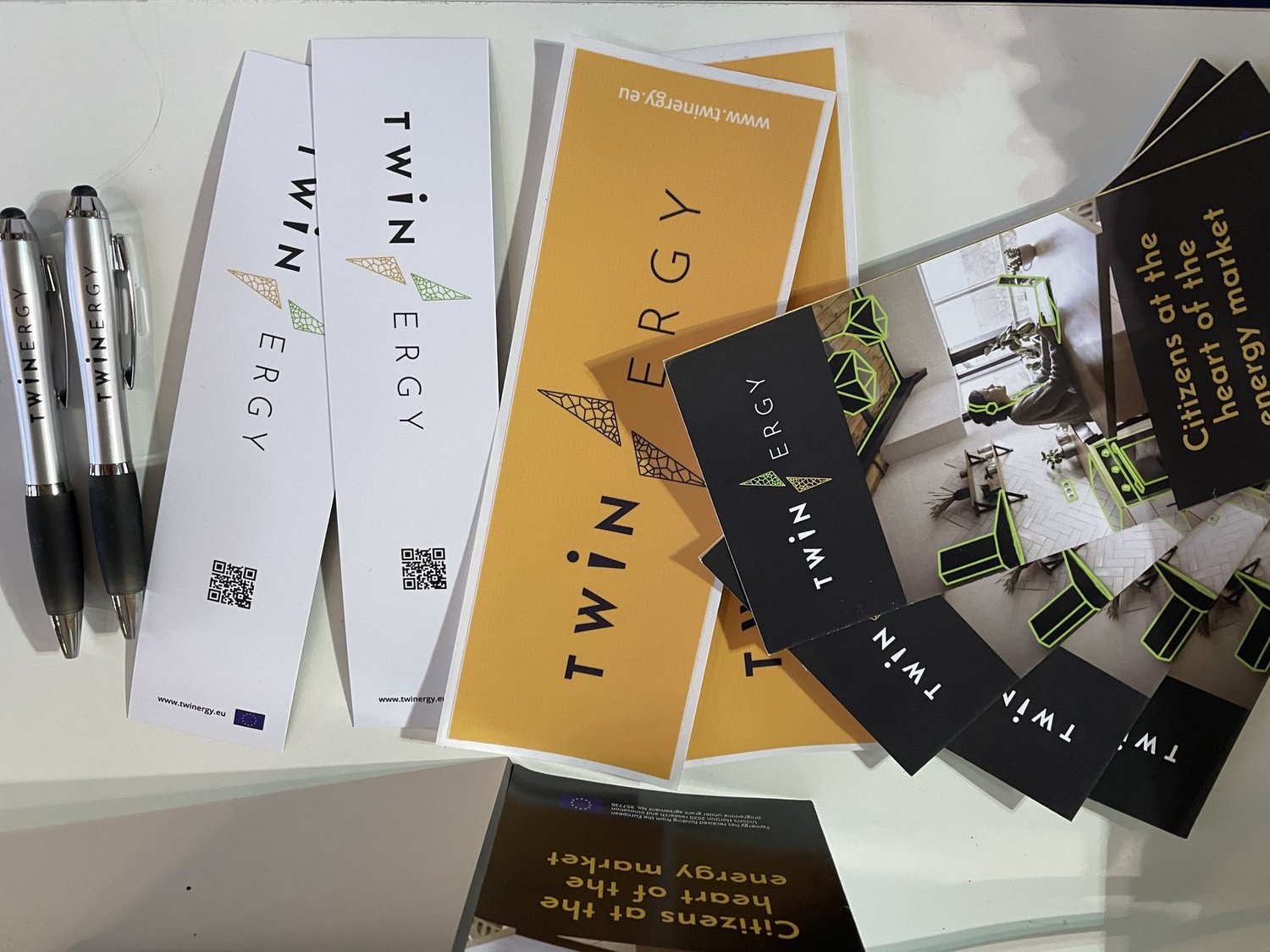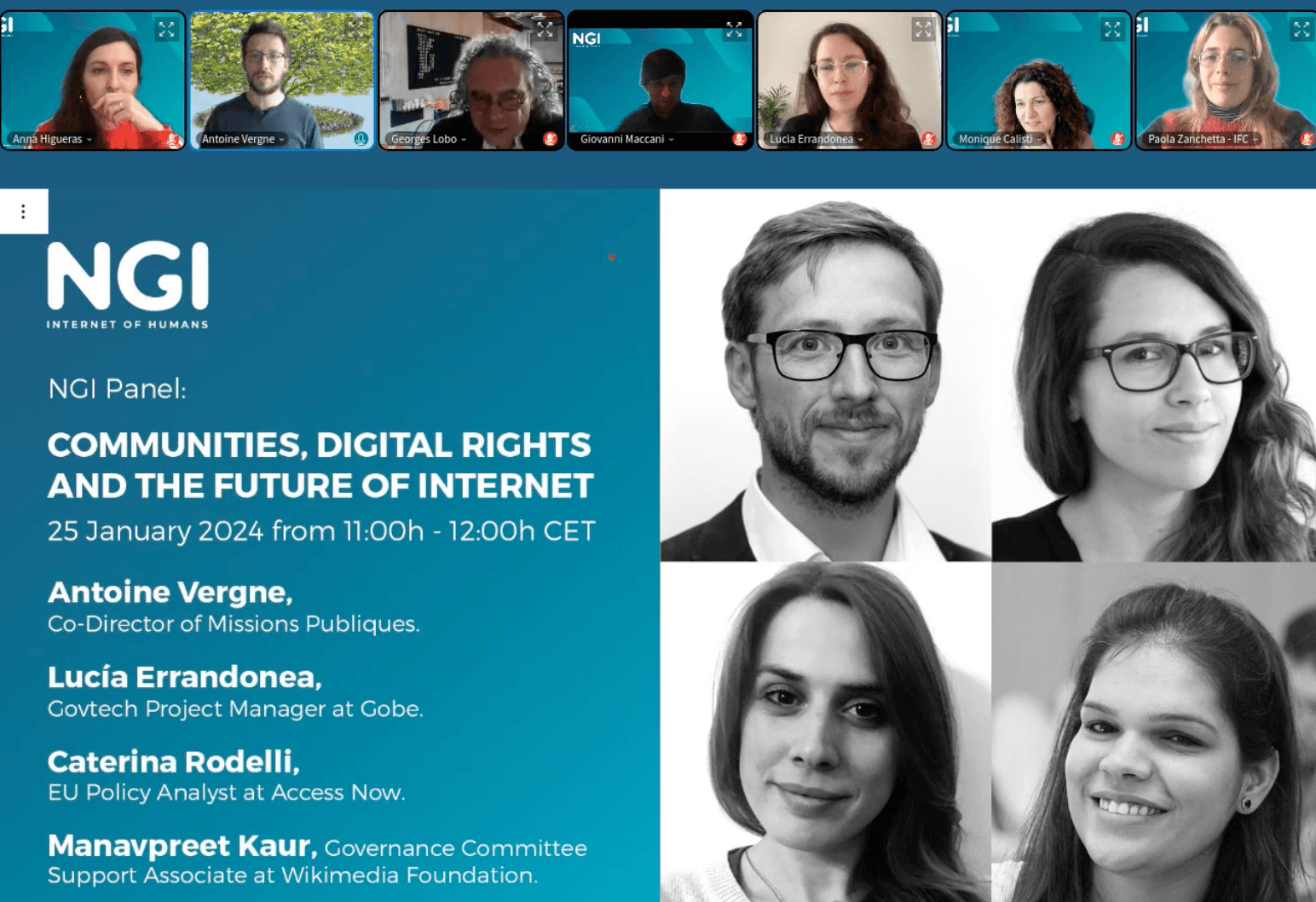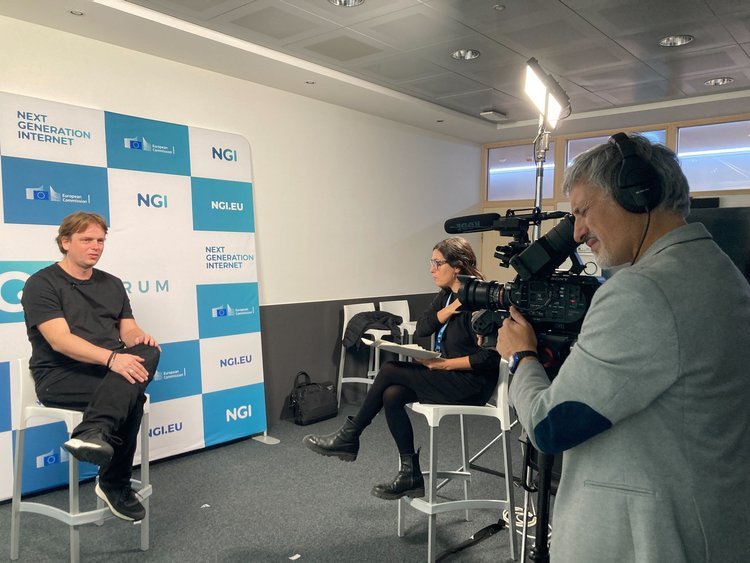Scientific research
Scientific research
TwinERGY: How to help energy prosumers
TwinERGY: How to help energy prosumers
11 de octubre de 2022


By Anna Higueras, Project Manager, & Elsa Boloix, Communication. (Original publication in English)
What would you say if we proposed a method to reduce your energy bill? To tackle climate change while allowing for better use and control of energy? To be aware and act on your energy consumption? This is not just a mere illusion; it is actually happening through the TwinERGY project.

Almost two years ago, we launched this initiative together with a large consortium from across Europe. The goal of this project is to test how digital twin technology can contribute to a more active participation of energy consumers and help them become prosumers. To this end, a set of innovative tools is being developed to predict citizens' consumption patterns and comfort preferences, analyzing the flexibility potential that individuals, buildings, and communities can bring to the electricity grid, thus maximizing their added value. Action is taking place in four pilot locations: Bristol (United Kingdom), Benetutti (Italy), Steinheim (Germany), and Athens (Greece). Each of the demonstrations stands out by offering emerging technologies such as contracts, plugs, and intelligent and personalized demand response programs that are used by participants and installed in their homes.
To control energy use and ensure efficient consumption, three Digital Twins have been designed:
Consumer Digital Twin: Predicts consumption patterns and citizens' comfort preferences to develop a personalized strategy that enables them to achieve more sustainable and affordable energy management.
Building Digital Twin: Personalized feedback for home energy management aimed at preserving human comfort and optimizing energy use.
Community Digital Twin: Created to analyze the impact on the grid and the well-being of individual members within the community.
Furthermore, TwinERGY is conducting nine use cases to demonstrate that by applying a personalized demand response program and putting citizens at the center of home energy management, it is possible to create a better, greener, and more inclusive energy system. Among them, the maximization of self-consumption, electric vehicles to expand grid capacity, and empowering citizens to actively participate in local energy trading markets stand out.
Following this last topic, it is worth mentioning a participation framework specifically designed for the project. With the Bristol Approach as a model, the methodology includes specific elements for a demand response energy project. It focuses on co-designing with communities from the ground up, representing multiple voices and deploying technologies and skills so they can use TwinERGY devices. These aspects are achieved through practical workshops and tools to understand the strengths and pitfalls of participation strategies.
Recently, as coordinators of the audiovisual production of the project, we launched the first Energy Future video which kicks off a series of audiovisual pieces showcasing the project, how each pilot site implements the technology and engages communities, and how the three Digital Twins are deployed in the initiative. Here you can watch the first installment that presents the main objectives of TwinERGY, its plans, and an overview of the methodology.
But that’s not all. September is a special occasion for TwinERGY, as it is when all consortium members will gather in person at one of the pilot sites: Benetutti, Sardinia. To celebrate the first PAN European hybrid Workshop on the 29th of September, we will organize a series of workshops, meetings, and roundtables with key voices from the sector.
Under the theme "The role of citizens in energy transformation: The case of TwinERGY's engagement learning", the event aims to showcase the lessons learned and initial issues in applying the consumer participation strategy, collecting best practices and existing gaps. In particular, on the 28th of September, there will be an interactive and creative session with the citizens of Benetutti, to share their experiences gathered in these early months of the pilot. And on the afternoon of the 29th, there will be an open and hybrid session to continue discussing the learnings and challenges of how to better engage citizens in energy demand response programs, with prominent experts and real testimonies from the 4 leaders of the TwinERGY pilot.
By Anna Higueras, Project Manager, & Elsa Boloix, Communication. (Original publication in English)
What would you say if we proposed a method to reduce your energy bill? To tackle climate change while allowing for better use and control of energy? To be aware and act on your energy consumption? This is not just a mere illusion; it is actually happening through the TwinERGY project.

Almost two years ago, we launched this initiative together with a large consortium from across Europe. The goal of this project is to test how digital twin technology can contribute to a more active participation of energy consumers and help them become prosumers. To this end, a set of innovative tools is being developed to predict citizens' consumption patterns and comfort preferences, analyzing the flexibility potential that individuals, buildings, and communities can bring to the electricity grid, thus maximizing their added value. Action is taking place in four pilot locations: Bristol (United Kingdom), Benetutti (Italy), Steinheim (Germany), and Athens (Greece). Each of the demonstrations stands out by offering emerging technologies such as contracts, plugs, and intelligent and personalized demand response programs that are used by participants and installed in their homes.
To control energy use and ensure efficient consumption, three Digital Twins have been designed:
Consumer Digital Twin: Predicts consumption patterns and citizens' comfort preferences to develop a personalized strategy that enables them to achieve more sustainable and affordable energy management.
Building Digital Twin: Personalized feedback for home energy management aimed at preserving human comfort and optimizing energy use.
Community Digital Twin: Created to analyze the impact on the grid and the well-being of individual members within the community.
Furthermore, TwinERGY is conducting nine use cases to demonstrate that by applying a personalized demand response program and putting citizens at the center of home energy management, it is possible to create a better, greener, and more inclusive energy system. Among them, the maximization of self-consumption, electric vehicles to expand grid capacity, and empowering citizens to actively participate in local energy trading markets stand out.
Following this last topic, it is worth mentioning a participation framework specifically designed for the project. With the Bristol Approach as a model, the methodology includes specific elements for a demand response energy project. It focuses on co-designing with communities from the ground up, representing multiple voices and deploying technologies and skills so they can use TwinERGY devices. These aspects are achieved through practical workshops and tools to understand the strengths and pitfalls of participation strategies.
Recently, as coordinators of the audiovisual production of the project, we launched the first Energy Future video which kicks off a series of audiovisual pieces showcasing the project, how each pilot site implements the technology and engages communities, and how the three Digital Twins are deployed in the initiative. Here you can watch the first installment that presents the main objectives of TwinERGY, its plans, and an overview of the methodology.
But that’s not all. September is a special occasion for TwinERGY, as it is when all consortium members will gather in person at one of the pilot sites: Benetutti, Sardinia. To celebrate the first PAN European hybrid Workshop on the 29th of September, we will organize a series of workshops, meetings, and roundtables with key voices from the sector.
Under the theme "The role of citizens in energy transformation: The case of TwinERGY's engagement learning", the event aims to showcase the lessons learned and initial issues in applying the consumer participation strategy, collecting best practices and existing gaps. In particular, on the 28th of September, there will be an interactive and creative session with the citizens of Benetutti, to share their experiences gathered in these early months of the pilot. And on the afternoon of the 29th, there will be an open and hybrid session to continue discussing the learnings and challenges of how to better engage citizens in energy demand response programs, with prominent experts and real testimonies from the 4 leaders of the TwinERGY pilot.


